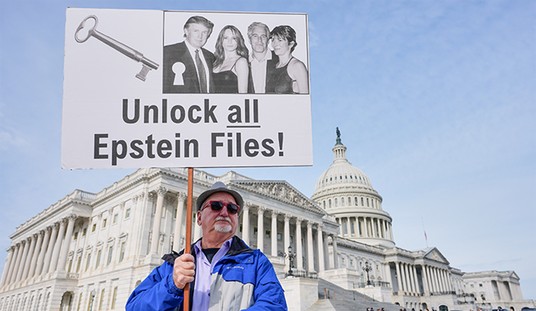The lines have been drawn between those who are pushing a transgender agenda and those in opposition, especially when children are involved. Puberty blockers and exogenous hormones frequently have irrevocable side effects, despite “experts” claiming otherwise. This includes the American Academy of Pediatrics, which has taken the side of wokeism and no longer represents the best interests of the children they are sworn to protect. Surgery for these individuals is often a part of gender reassignment, but very little has been written about this because very few people understand the complexity involved.
Removing women’s breasts is the least complicated part of gender reassignment surgery, and even this can result in serious complications. The more significant problems are associated with genital reconstruction. This is the domain of urologists, and when children are the patients, then pediatric urologists. When I was training to become a pediatric urologist in the 1980s, children who were born with what was termed “ambiguous genitalia” presented a medical emergency. Parents expected to know the gender of their baby, so testing was done as quickly as possible, and a gender was assigned, often based on how reconstructable the genitals were and the opinion of the pediatric urologist regarding future sexual function and fertility. Many children with serious abnormalities- mostly boys- were reassigned as girls, because reconstructing female genitalia was far more feasible than the reverse.
In the early 1990s, data were emerging that gender reassignment was associated with significant psychological issues, so a self-imposed specialty moratorium was put into practice. Although gender reassignment is rarely performed, the surgeries involved are procedures that pediatric urologists do for other, medically indicated reasons. No other doctors are as familiar with these surgeries or the complications associated with them. The extent of surgical complications is directly correlated with the surgeon's expertise.
A meaningful conversation about transgender surgery demands an understanding of what is involved. To make a boy into a girl, the testicles need to be removed, the scrotum split to make labia, the penis amputated leaving the head of the penis to replicate the clitoris, the urethra cut back and then a vagina constructed- either using a segment of the large intestine, or getting tissue lining the inner cheeks or inner lips to serve as grafts. The complications from this surgery are extremely high. When parents are counseled about this type of surgery, we often explain that there can be three or more surgeries to get a satisfactory outcome. Complications like scarring of the “vagina” or wound breakdown add to the number of surgeries.
Making a girl into a boy is far more complex. A penis needs to be constructed, which is done by using flaps of tissue from the thighs or lower abdomen. A urethra needs to be built so that the patient can urinate from the penis. This again requires getting tissue from the mouth to construct the urethra. A penis that can function sexually involves placement of a prosthesis into the newly constructed penis. The labia are refashioned to make a scrotum, and artificial testicles are implanted. The complications from these surgeries are even more common and complicated than those of making a female. The prosthetics involved, especially in the penis, are prone to problems such as infection or extrusion, which means that the prosthetic device migrated out of position to the surface and has to be removed and then redone sometime in the future.
Recommended
Adults who choose to undergo these surgeries may regret it, but are free to make decisions for themselves. However, children lack the sophistication to make these decisions, and adults who are responsible for these children often struggle with similar choices. Parents are frequently misled by activists who push these surgeries because they have been given misinformation or little explanation about the risks involved. Doctors who push these surgeries are even more culpable because they are sworn to “do no harm”, when in fact the opposite is often the case. These surgeries are agenda-driven child abuse and should be stopped just as the pediatric urology community saw fit to do nearly 30 years ago.


